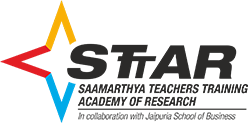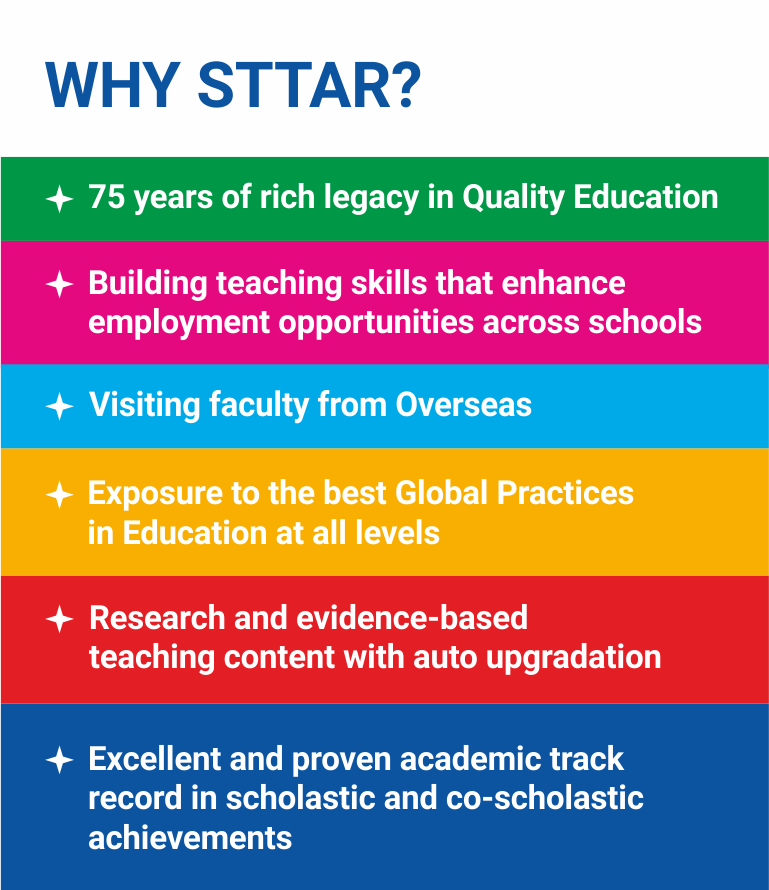New Technological Trends In Teaching and Learning
 The educational landscape has changed drastically as the use of Technological tools has spiraled, leading to an upsurge in the digitalization of teaching and learning over the past two years. Every stage, from pre-primary, and primary to higher education has undergone a dramatic shift towards the digital mode of teaching and learning. Students’ preferences have changed; so have the teachers’ profiles. Teachers need to look for new innovative ways to use the digital tools not only for curriculum transactions but also for assessing the usefulness of the tools for more engaging and immersive learning. With students getting easy access to a plethora of information and with their dropping attention spans, teachers need to prepare short-byte-sized absorbing information which the tech-savvy students can grab easily and are able to process and assimilate for an enduring understanding. Some of the emerging technologies and trends that have revolutionized the education world are:
The educational landscape has changed drastically as the use of Technological tools has spiraled, leading to an upsurge in the digitalization of teaching and learning over the past two years. Every stage, from pre-primary, and primary to higher education has undergone a dramatic shift towards the digital mode of teaching and learning. Students’ preferences have changed; so have the teachers’ profiles. Teachers need to look for new innovative ways to use the digital tools not only for curriculum transactions but also for assessing the usefulness of the tools for more engaging and immersive learning. With students getting easy access to a plethora of information and with their dropping attention spans, teachers need to prepare short-byte-sized absorbing information which the tech-savvy students can grab easily and are able to process and assimilate for an enduring understanding. Some of the emerging technologies and trends that have revolutionized the education world are:
- Immersive learning technology (ER – AR & VR): This approach integrates technology with the traditional approach and creates an “immersive” experience for learners, catering to all the four Cs of the 21 st century skills. In a sense, they are perceived as game changers in teaching students future-ready skills.
- Adaptive Learning: Uses a data-driven approach for providing personalized learning. It ensures an effective and customized learning path to engage each student in learning, thereby addressing their individual needs and giving them bespoke feedback.
- Artificial Intelligence systems: help students learn better and faster when paired with high-quality learning materials and instruction. They can alert teachers to help students get back on track in case of any deviation or learning challenges.
- Machine learning: Assists in giving each student an individualized educational experience thereby assisting and guiding them in their own learning. Students learn to make their own inferences gradually through their learning experiences and thus develop a passion for learning.
- Use of 5G Technologies in Education: This innovation promises a quick and easy download of relevant files and resources along with more powerful networks.
- Automation: One of the best ways to support teaching and learning is by providing students a better opportunity of receiving lectures automatically at specific times and teachers too can digitally schedule their own lectures.
- Competency-Based Education: Through this special technology, students get access to activities that are designed for their level of learning ability. All in all, competency-based education provides a means for students so that they are able to advance their learning experience based on their ability to master a skill.
- Learning Analytics: Teachers can learn about the learning behaviors and trajectories of students and are able to differentiate and plan their lessons accordingly.
- Assisted technology: For students with disabilities that is devised to break down the barriers and make them at par with the other students in the teaching and learning process.
- Gamification: Integrating digital and online games into the curriculum for scaffolding concepts and simulating real-world experiences
Technology is one of the main constituents of shaping the educational ecosystem today. With the advent of Web 3.0, Neuro web, Lucid learning, interoperability in education, and new-age assessments & instructional systems, the future of education is going to be dynamic and bold. However, we cannot discern how well we will thrive in it as our skills are getting outdated with the rapid pace at which technology is advancing. Keeping oneself updated and developing new competencies on an ongoing basis is the need of the hour. Staying up to date with the changing trends in emerging technology is exacting and incorporating it into our present teaching and learning model is challenging and demanding too.
One good way to keep abreast of the latest development in the education sector is to forge a cohort of future-ready educators that should aim at equipping all concerned with new-age competencies. This cohesive group will empower educators with professional knowledge, attitude, and skills for making them “Future-ready”.
Source: Easy Shiksha
Link: https://news.easyshiksha.com/new-technological-trends-in-teaching-and-learning/
Posted on 28 April 2022







